Global speciality loaves and those with sustainability and health claims will offer the biggest growth in the bread category for retailers and foodservice operators, according to recent research by Délifrance.
The bakery supplier predicts the UK bread market will grow by 15% over the next two years, going from its current £7.8bn up to £9bn by 2026.
Its market analysis report, entitled ‘Prove It 2024: Breaking Bread – The Rise of the £1.2bn UK bread opportunity’, was compiled following a survey of 1,000 adults in the UK who regularly eat bread. Offering insight into bread consumers’ behaviour in and out of home, it makes use of Délifrance’s internal market estimates and external market data, along with the experience and views of food consultants Lisa Harris and Alexandra Hayes (Harris & Hayes).
“Our latest Prove It report looks at the trends shaping the category, from the continued growth of sourdough to the opportunities offered by breads from across the globe,” said Délifrance marketing director Stéphanie Brillouet.
“We also take a deep dive into consumer attitudes to bread and examine what drives purchasing decisions, how consumption differs in and out of home, and the impact of consumers’ environmental and economic concerns.”
Here are some of the key findings of the report:

Routine occasions
Breakfast and lunch were found to be the biggest mealtimes for bread, with 63% of consumers eating it regularly for breakfast and 62% at lunch compared to just 37% for dinner.
It appears rare that bread is eaten on both occasions, though. Of the people saying they never have it for breakfast, 75% will eat it regularly for lunch, while 69% of those surveyed saying they never have bread at lunch will consume it regularly in the morning.
There remains opportunity to encourage people to have bread as an accompaniment for evening meals – the majority of the 13% of respondents who claim to eat bread just once week admit to enjoying it at dinner.
Outside of mealtimes, the “snackification of food” is said to be showing no sign of abating, providing huge opportunity for businesses that sell and supply bread-based products – only 25% of consumers surveyed said they never snack on bread.
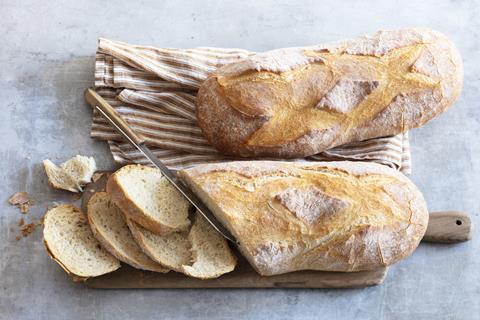
Valued attributes
Bread has weathered the economic crisis well, due to it being seen as offering “affordable comfort”. As such, over a quarter of consumers cite a drop in their household budget as a reason for increasing their in-home consumption of bread. There was some good news for foodservice operators, however, with 70% of the respondents who said they were increasing their bread consumption at home revealed they were also increasing it while out.
The report found that freshness and taste were the key drivers behind this category growth, with 44% and 41% of the survey group respectively citing them as the reasons for more bread purchases. It also listed the most likely styles bought by those upping their bread consumption in either sector as:
| Out-of-home | In-home |
|---|---|
|
Italian breads |
Fresh loaf |
|
Breads of the world |
Rolls |
|
Brown and wholemeal |
Italian breads |
|
Rye |
Breads of the world |
|
Sourdough |
Sourdough |
Despite the pressure on consumer spending, quality remains paramount. More than half of consumers surveyed (52%) said they choose where to buy bread from based on the quality of products sold. In addition, these consumers are most likely to shop at independent bakeries and supermarket in-store bakeries (ISB).

Green credentials
Accompanying a demand for craftmanship in bread are those for sustainability and traceability, which should now be viewed as fundamental expectations as opposed to niche concerns for bakeries, Délifrance said.
Read: Sustainability matters – how bakeries can deal with scope 3 emissions
Interest in regenerative agriculture, which improves soil health through crop diversification, has increased alongside growing awareness of the harm modern food production processes can do. A previous Délifrance report had 56% of interviewees saying that the first thing the baking industry should do to become more sustainable is use ingredients grown through better agricultural practices. Notably, Wildfarmed has emerged as a leading supplier of regenerative flour, winning the Sustainability Initiative of the Year at the Baking Industry Awards last year but others are investing in the movement.
| How green are bread shoppers? | |
|---|---|
|
Say sustainability impacts their purchase decisions at least some of the time |
63% |
|
Say sustainability impacts where they choose to buy their bread products from |
50% |
|
Would consider paying extra for more sustainable bread products |
57% |
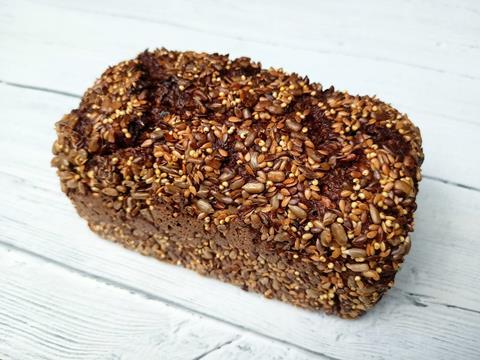
Functional loaves
Another chief factor behind purchasing decisions is health, with Brillouet recommending businesses ensure they make consumers aware of health benefits such as the high fibre or high protein content in certain styles of bread. There’s now a greater understanding of the digestive benefits of long-fermented breads or the inclusions of seeds, grains, and pulses, with innovations in meat-free sandwiches and wraps also being embraced.
Health concerns are having both a positive and negative impact on bread consumption in the UK, although significantly more people appear to be leaving the category because of it.
| Eating MORE bread for health reasons | Most likely to be buying |
|---|---|
|
At-home: 15% |
Sourdoughs – especially brown, wholemeal, seeded, and rye sourdoughs |
|
Out-of-home: 24% |
Wraps / tortillas, and ciabattas |
|
Eating LESS bread for health reasons |
Most likely to be looking for |
|
At-home: 45% |
Brown, wholemeal and seeded products |
|
Out-of-home: 31% |
Brown, wholemeal, seeded, and sourdough sandwich carriers |
Sourdough has been experiencing strong growth. The previous Délifrance report found just 6% of respondents saying they ate it regularly – this has now risen to 32% of consumers looking for sourdough to make sandwiches at home and 29% looking to buy sourdough sandwiches outside.
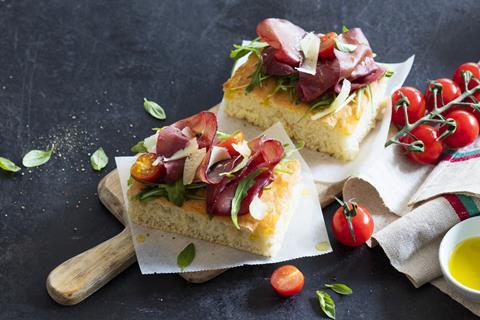
Worldwide appeal
The likes of ciabatta, focaccia, panini, bagels, flatbreads, and wraps have become mainstays of the UK market but there are opportunities to widen their appeal and to introduce new breads to British consumers.
The survey discovered 40% of consumers were opting for global bread varieties to enjoy at home, while 56% where actively seeking breads of the world for their sandwiches at foodservice outlets or for on-the-go occasions.
“Italy is a country where cooking has been elevated to an art form,” commented Brillouet, noting that Italian cuisine was the most popular in Britain. Almost a quarter (23%) of at-home consumers told researchers that they were purchasing Italian bread, and this improved to a third (33%) for out-of-home consumers.
The full report is free to download here.




















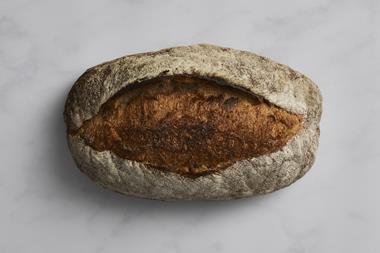
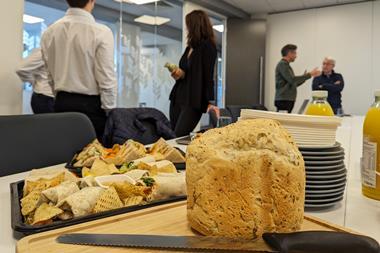
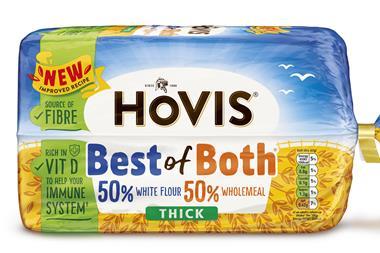
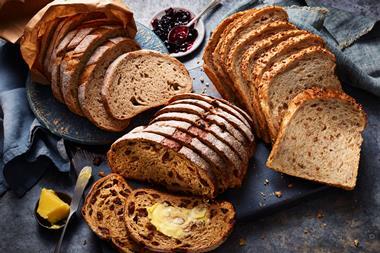
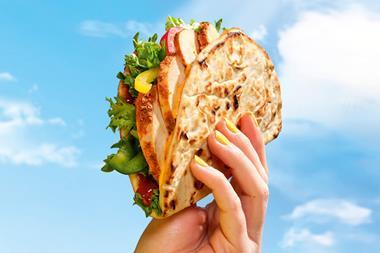




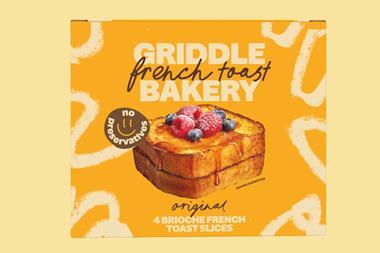
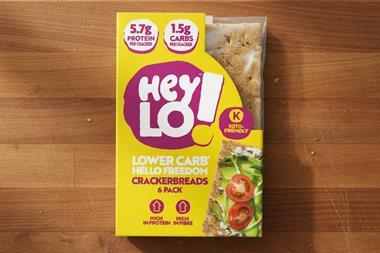


No comments yet